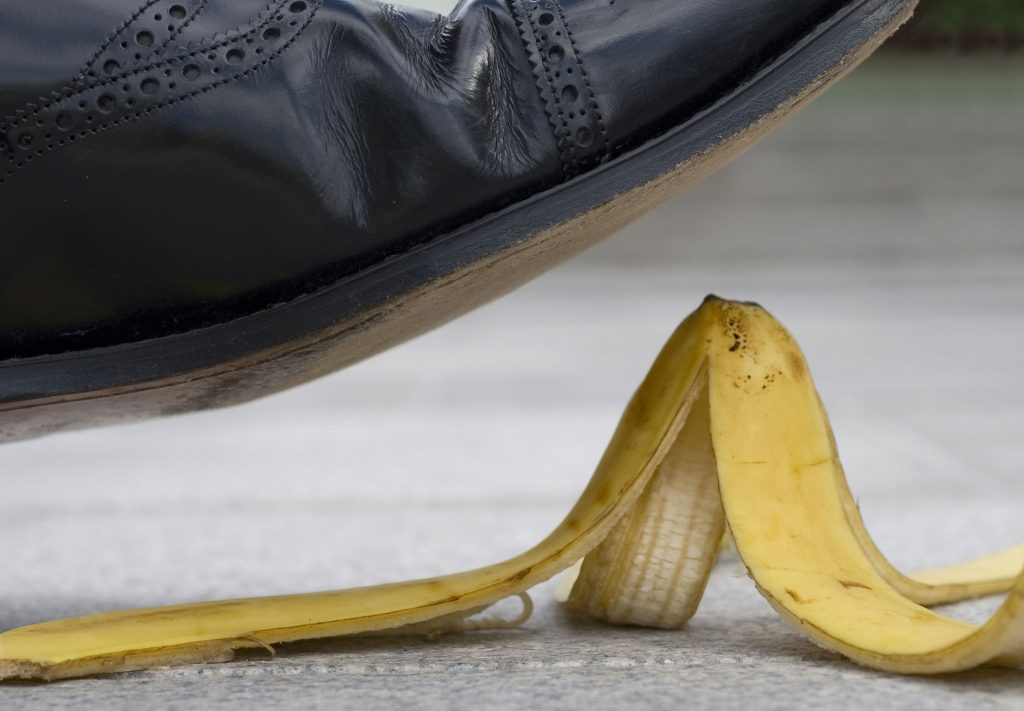
Slip and fall accidents are extraordinarily common. According to Center for Disease Control and Prevention, in 2014, senior citizens fell 29 million times resulting in 7 million injuries. To make matters worse, this ended up costing a total of $31 billion in Medicare costs. Additionally, slip and fall accidents are among the leading causes of occupational injuries. This type of mishap can lead to any number of traumas, including brain injuries, facial injuries, shoulder injuries and spinal cord injuries, to name a few.
If you happen to be among the unlucky people to have fallen due to another person’s negligence, then you consider filing a claim to compensate you for your injuries and losses. This can be a long, frustrating process, which is why it is a good idea to seek out the help of an attorney who has dealt with similar cases before. The following are some of the basic steps you will need to take to determine the value of your claim.
Burden of Proof
First things first. You need to make sure that you actually have a case. Slip and fall injuries are not compensable just by virtue of occurring on someone else’s property. Ultimately, in order to obtain remuneration, you need to first prove that the other party is at fault. This means that you have to show that you fell due to another person’s negligence. And before that, you have to show that the person in question had a duty to ensure your safety and that they breached that duty. It should be noted that each state has its own guidance on proving fault.
Potential Causes
There are a plethora of situations that might constitute a case of negligence-induced injury. Perhaps the liable party failed to address blatant (and dangerous) issues with a property that caused you to get hurt. Perhaps there was liquid on the floor of your local supermarket and the proprietor knew about it but neglected to clean it up. This kind of thing happens all the time. Other major causes include:
- Ripped carpet
- Broken railing
- Dimly lit areas
- Walkway potholes
Whatever the situation, you need to be able to show that another person’s negligence directly resulted in your injury.
Collecting Evidence
Determining the value of a slip and fall claim is a different ballgame altogether. For starters, as mentioned, it is advisable to retain an attorney with ample experience in slip and fall cases. He or she will be essential as you compile all the necessary evidence for you claim.
You will need to keep solid records as you pursue remuneration for your injuries. This is because the value of your claim will be determined, in part, by an array of expenses associated with the injury, not least of which are medical bills. But in addition to medical costs, you’ll also want to obtain documents pertaining to lost income and a decreased capacity to work in the future. Future losses are important to keep in mind, even for medical expenses which might accrue over time as well as in the present.
Pain and Suffering Damages
You (and your attorney) will also want to include “pain and suffering damages” in your calculations. These are intangible losses that might include emotional distress, life-altering injuries, humiliation, ruined relationships or any other damages that cannot be quantified in monetary terms. In certain cases, noneconomic damages can provide the largest source of compensation.
As noted by Copple Rockey Attorneys, there is no set formula you can use to predict the value of your claim. A skilled attorney will work with you to collate the relevant information to help specify a number. But any final calculation could take some time. Generally, the first step in pursuing claims is to consult a lawyer to get a better sense of your options before diving in head first.















